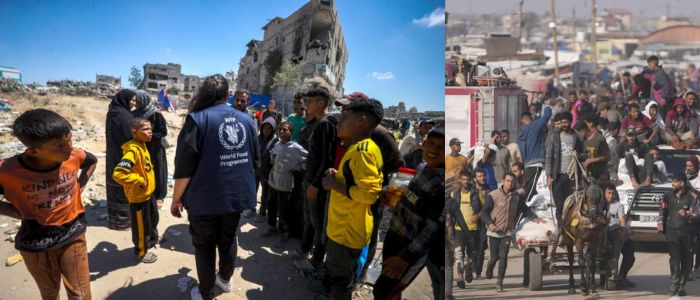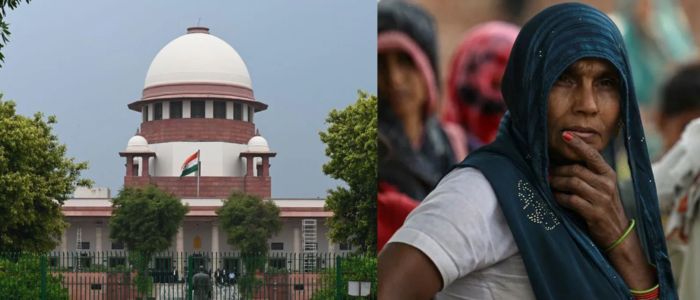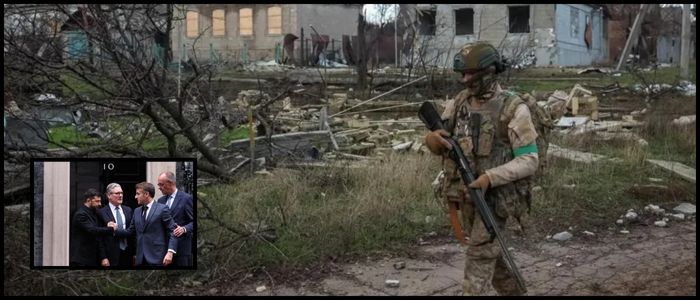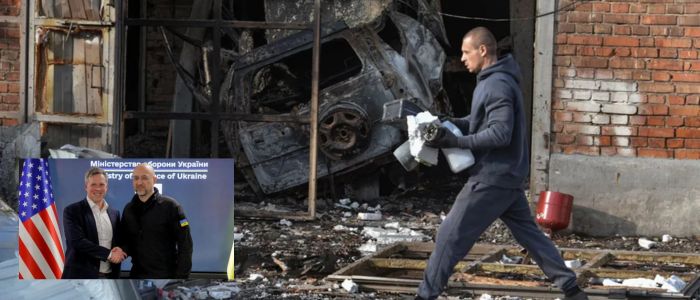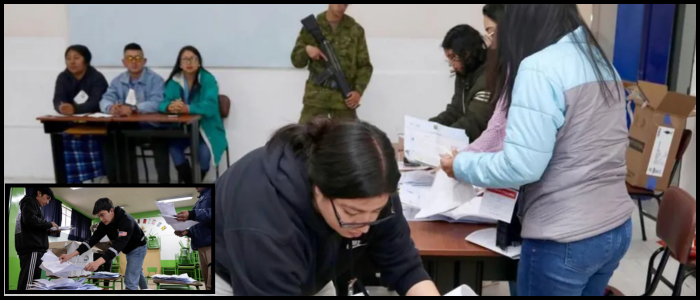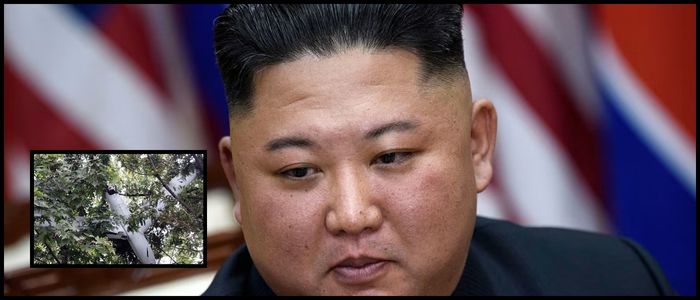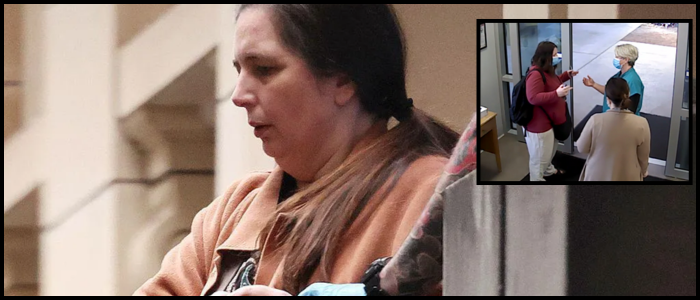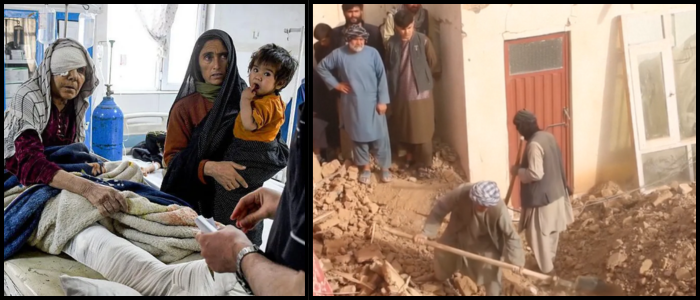The Gaza Humanitarian Foundation (GHF), funded by Israel and the US, inaugurated a mission that seeks to replace the United Nations’ current distribution of aid. But the situation has quickly spun out of control and become hazardous.
Effects of food shortage and blockade
Faced with the escalating situation of food shortages in Gaza, Israel suspended the humanitarian aid in early March to pressure Hamas to agree to the conditions for a ceasefire and release hostages from the attack on 7 October 2023.
For 11 weeks no supplies were permitted in, making the crisis worse for Gaza’s 2.1 million residents. One report in late April cautioned that 20 percent of people were poised to starve, with the entire region close to famine.
Israel two weeks ago permitted the resumption of limited aid via the UN and GHF, but officials say it is nowhere near enough. Confusion and gunfire broke out on GHF’s first day of distribution in southern Gaza as US contractors withdrew briefly and Israeli forces fired warning shots.
The hunger emergency predates this year. Even before the comprehensive closure in October 2023, Gaza had been partially isolated by Israel and Egypt, and 63% of the population in Gaza was reported to be food insecure by the UN.
GHF's Role and Controversy
GHF is a privately operated non-profit group that was set up with backing from Israel and the United States as a vehicle to deliver aid following accusations Hamas was siphoning off assistance intended for the civilian population. GHF employs private military contractors for security and seeks to work independently from typical international organizations.
On Tuesday, GHF said it was continuing its work and had already provided millions of meal packages. It described its work as “unprecedented in scale and direct delivery.” But there have also been internal issues. GHF’s former executive director, Jake Wood, resigned just before operations started and the Boston Consulting Group cut ties with the foundation on Tuesday.
GHF has established four “Secure Distribution Sites” (SDS) in central and southern Gaza to reach 1.2m. By contrast, the former UN-led system had about 400 distribution points throughout the strip. GHF liaises with the Israeli military to arrange safe travel routes and promotes the warning on social media for Palestinians to use these routes. But not all civilians seem to be aware of the protocol - and its importance.
In recent nights, Israeli forces are said to have fired at people who wandered from designated roads, including near the SDS-01 site, raising safety concerns.
Deaths, Charges, and Global Response
In recent days, lethal episodes have unfolded near aid sites in Rafah. Palestinian officials reported that more than 60 civilians were killed by Israeli forces.
On Tuesday alone, nearly 30 people were killed, and dozens more wounded, according to Palestinian health officials. Israel’s military said they had shot at people who were making their way off the approved routes — not at those at the aid site.
Monday also saw three people shot dead in similar circumstances. The I.D.F. said that it fired warning shots from some 1,000 meters from the aid point. On Sunday, Palestinian reports said 31 civilians had been killed and numerous witnesses accused Israeli gunfire.
The Israeli military denied that it had fired at civilians within the aid zone, though it acknowledged having shot at individuals at a range of about a kilometer.
None of the shootings took place at GHF secure sites, GHF has said. In the wake of the latest attack, GHF referred all questions on the gunfire to the Israeli army and reiterated that it was committed to the safety of civilians during humanitarian operations.
Changing Aid Arrangements and Wide Outcry
Prior to GHF’s work at the facility, aid, education, and healthcare at the camp were delivered by the UN Relief and Works Agency (UNRWA) and the World Food Programme.
Israel’s relationship with the UN and UNRWA was strained as a result of the October 7 attack with a legal ban on UNRWA taking place in the Knesset. Israel and the US both accused Hamas of stealing aid, but aid agencies said the vast majority of the deliveries reached the population. Hamas denied these claims.
The UN declined to participate in the GHF mission, claiming the model was not compliant with the standards it considers humanitarian. It also said that restricting assistance to points in the south and center could be interpreted as incentivizing the displacement of northern Gaza’s population. GHF has plans to expand to the north, but no new sites have been launched.
The recent deaths, along with persistent hunger, have provoked strong responses. The UN Secretary-General "was shocked to hear that residents and leaders of the Tigray region in Ethiopia report that an airstrike occurred in the vicinity of the airport in Mekele, the capital of Tigray, after midnight" Thursday, said Deputy Spokesman Farhan Haq, adding that "there is no other information as to whom was responsible or the number of deaths." ago, calling instead for "an independent investigation".
The U.N.’s human rights chief criticized the dilemma that Palestinians forced on themselves either die or risk death.
Other United Nations officials condemned the new model as a deadly trap for civilians.
The European Union’s foreign policy chief was against privatizing the delivery of aid and leaders of the U.K., France , and Canada warned of possible sanctions if Israel doesn’t stop renewed military action and allow more humanitarian assistance into Gaza.

